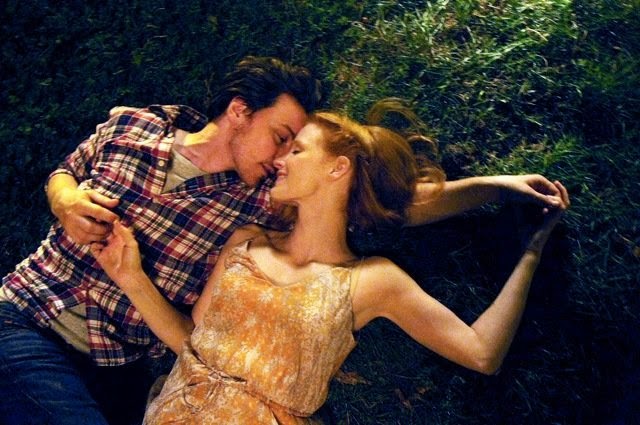 |
| (Photos by Michael Iannucci) |
The film is based on the true story of Olympic wrestling champion
brothers Mark (Tatum) and Dave (Mark Ruffalo) Schultz and their path to the
1988 Seoul Olympic Games after eccentric millionaire John du Pont (Carell)
becomes personally invested in their careers. Following his 1984 gold medal
win, Mark lives a solitary life consisting of little more than training with
his brother, who is already a settled family man, and occasionally speaking at
schools for some much needed cash. Quiet and brooding, he is clearly
unsatisfied with his current situation. As he goes about his everyday life,
arms wide and shoulders tense, only speaking when spoken to, he resembles a
caged animal and in his interactions with Dave, he is the baby brother wanting
to step out of Dave’s more celebrated shadow.
After being mysteriously called upon to visit the home of du
Pont and learning that the philanthropist wants to sponsor Mark’s career, Mark
is boyishly elated. He moves out to du Pont’s estate to train, where he becomes
a member of “Team Foxcatcher” (the name of the horse racing stable du Pont’s father
once kept). The two develop a close father-son relationship, but it is
eventually interrupted when du Pont convinces Dave to move his family and join
them.
There is a pervading quietness to the film that gives way to
a sense of dread. Scenes go by with very few words being spoken, yet the
intensity is always such that an explosion seems imminent. This is in part owed
to the understated direction by Miller, who has thrived on presenting
biographical stories in a hushed tone, just as he did in his previous two
films, “Capote” (2005) and “Moneyball” (2011). Carell’s creepy du Pont and
Tatum’s physically explosive Mark are center of the atmosphere, however. Du
Pont’s exaggerated prosthetic nose, pompous yet insecure gait and slow speaking
pattern highlight a man whose own ridiculous behavior is hiding serious mental
instability. Though he is physically present, his mind is far off screen. Mark,
meanwhile, is a squarish muscle mass who hides behind a scowl until he is
driven to physical combustion. When the two are on screen together, the tension
is incredible.
Despite the film being a wholly serious endeavor, there are
moments that are darkly funny. Du Pont’s relationship with his mother (Vanessa Redgrave),
who turns out to be a major figure looming behind du Pont’s mental
unsteadiness, brings an occasional uneasy laugh. So too does his
self-obsession, which borders on the pathetic. His friends call him “golden
eagle,” or so he says.
While the film’s quiet nature is a part of what makes its
physicality all the more powerful, it is, at times, too quiet for its own good.
The film loses a bit of its steam in its final act, but one conclusive explosion
in that same act is compelling enough to redeem the slow moments.
Although Ruffalo often plays referee to the Carell and Tatum
show, his performance would be towering in many other films and is the best
from the actor in quite some time. Tatum’s performance on the wrestling mat is
also something to behold; much like Natalie Portman’s dazzling performance as a
ballet dancer in 2010’s “Black Swan,” Tatum appears to have mastered the craft
of the mat in preparation for the role he called “the hardest acting challenge I’ve had to date.”
Overall, “Foxcatcher” is an emotionally distant, yet
powerful biographical drama about troubled men who speak little of what they
feel but can do little to hide it in their often-volatile actions. In that
setting, performances inevitably come to the forefront, and given the chance,
Carell and Tatum shine like never before. (Grade: B+)
Foxcatcher comes out Friday, November 14 in select theaters
Foxcatcher comes out Friday, November 14 in select theaters









